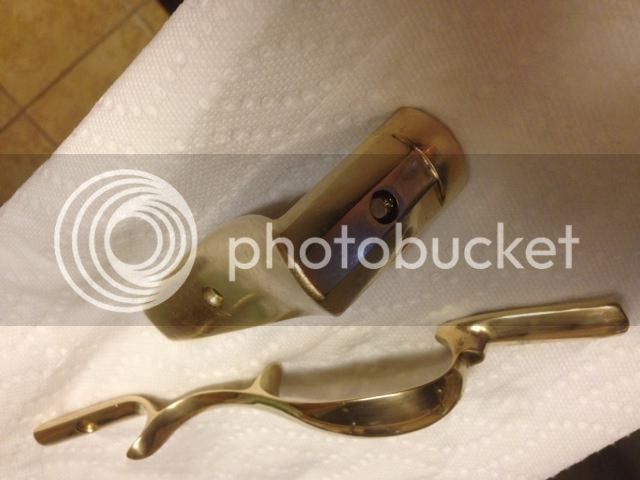logandiana
32 Cal.
- Joined
- Oct 8, 2014
- Messages
- 27
- Reaction score
- 0
In my first post the other day I had a few of you help me identify the new rifle that I picked up, a Pedersoli Frontier 50 cal. Now that I know what it is I have started to clean it up a bit. There a couple spots here and there that I need some advice on. I could just start scrubbing, but I want to make sure I don't damage anything in doing so. This first picture is of the top of the barrel near the breech. It has a few small rough spots that resemble cigarette burns. I considered starting with some steel wool, but will that harm the browned finish on the barrel?
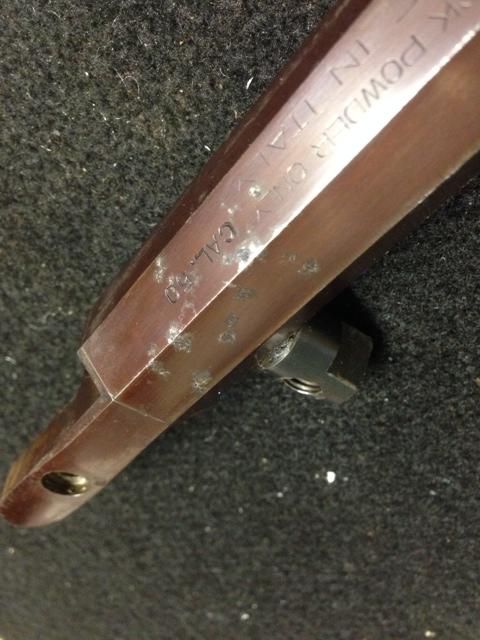
The next photo is of the rear butt plate. This looks fairly straight forward brass and it seems like any brass cleaner (barkeep friend, brasso, etc.) ought to work fine in cleaning it up. Am I wrong here?
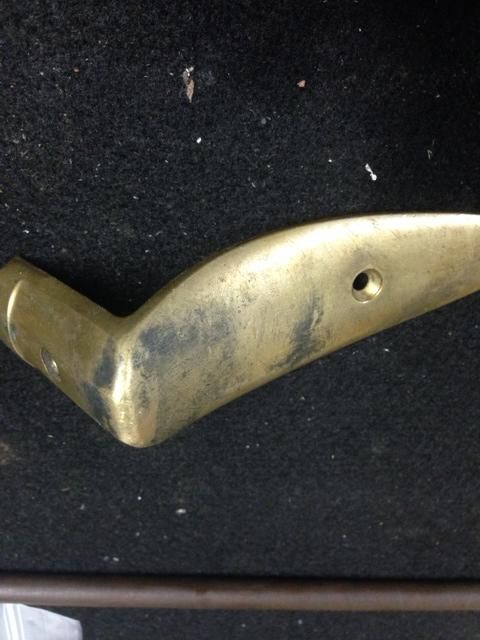
The third photo is of the trigger guard. This too is brass, but it's more shiny and looks to be clearcoated or something. There's small black spots that look like they'd just wipe of with a damp rag but they don't.
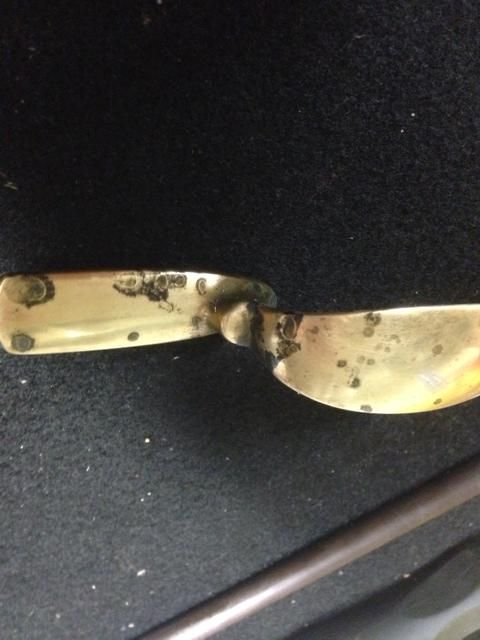
The drum screw head looks like someone had there way with it. A new on is on the way to replace it but I am having a heck of a time trying to get this one loose. Any suggestions here? Don't know if its rusted or what. It's not reverse thread is it?? That would be embarassing. What is the drum screw for anyway? Just another access point to clean out the breech?
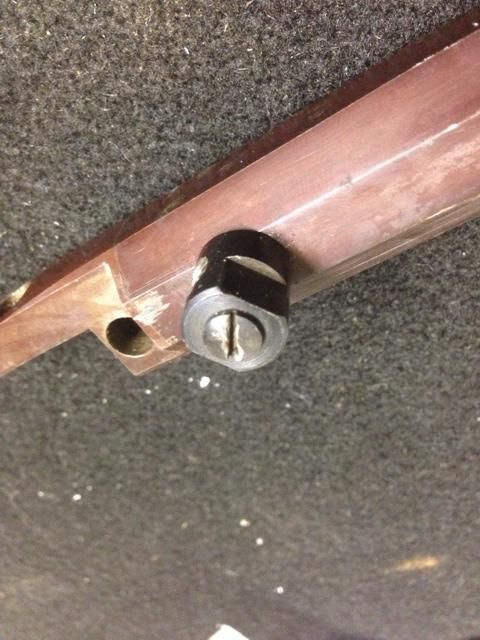
As always thanks for the advice.

The next photo is of the rear butt plate. This looks fairly straight forward brass and it seems like any brass cleaner (barkeep friend, brasso, etc.) ought to work fine in cleaning it up. Am I wrong here?

The third photo is of the trigger guard. This too is brass, but it's more shiny and looks to be clearcoated or something. There's small black spots that look like they'd just wipe of with a damp rag but they don't.

The drum screw head looks like someone had there way with it. A new on is on the way to replace it but I am having a heck of a time trying to get this one loose. Any suggestions here? Don't know if its rusted or what. It's not reverse thread is it?? That would be embarassing. What is the drum screw for anyway? Just another access point to clean out the breech?

As always thanks for the advice.




